Fundamentals of Sustainable Design

Introduction: Why Sustainable Design Matters
Sustainable design is no longer optional—it’s a fundamental responsibility for architects. As recent graduates entering the profession, you’ll face increasing demands for energy-efficient, climate-responsive, and socially equitable buildings. This article bridges academic theory and professional practice, equipping you with actionable strategies to integrate sustainability into your designs from day one.

Why This Matters for New Architects
Regulatory Requirements: Building codes worldwide (e.g., IECC, Passivhaus) now mandate sustainable practices.
Client Expectations: Developers and communities prioritize green certifications (LEED, BREEAM, WELL).
Career Advantage: Firms increasingly seek architects with proven sustainability expertise.
We’ll cover:
✔ Core principles of sustainable design.
✔ Real-world applications in landmark projects.
✔ Technical standards and implementation workflows.
✔ Common pitfalls and how to avoid them.
Theoretical Foundations: Core Principles
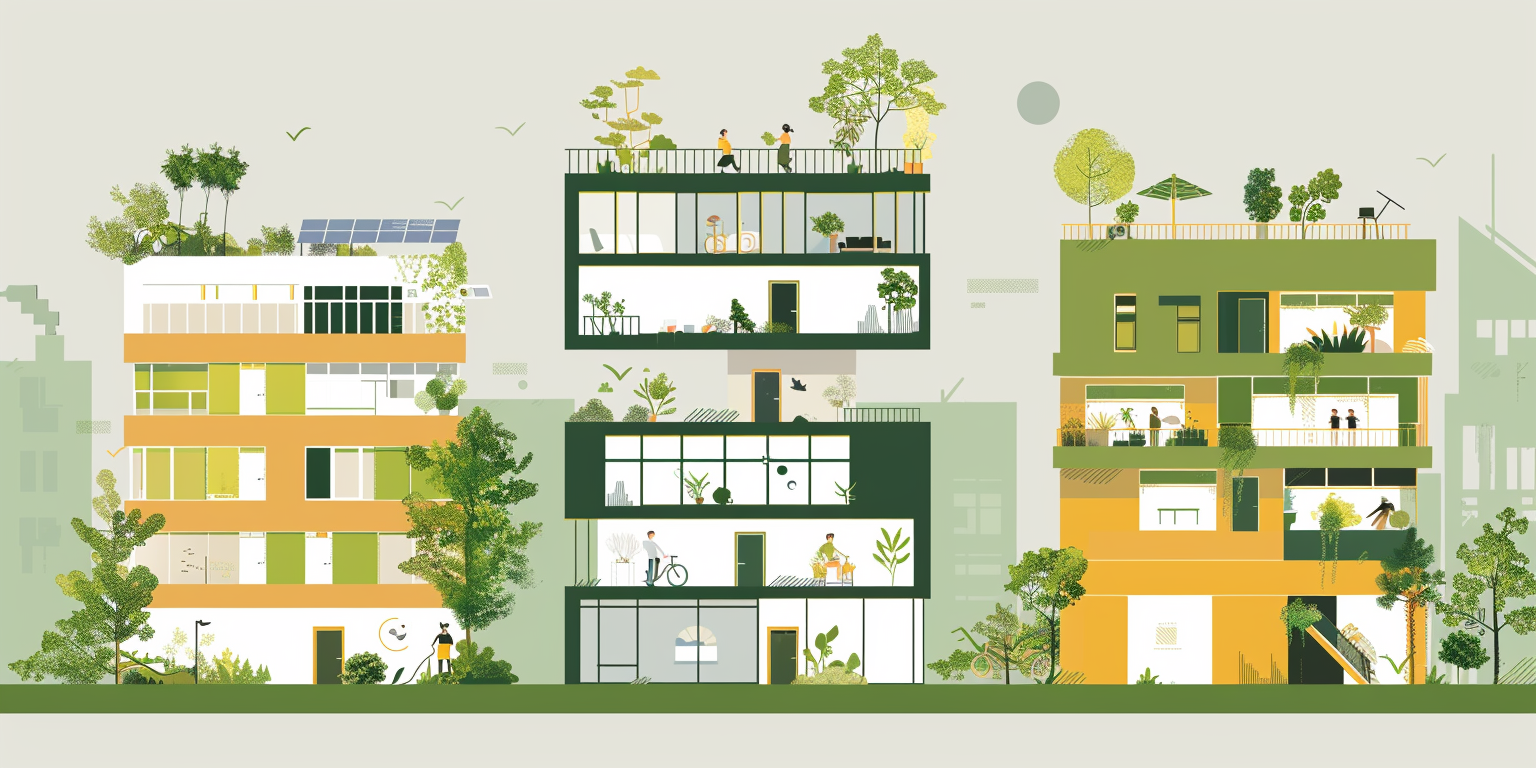
The Three Pillars of Sustainability
- Environmental: Minimize energy use, waste, and ecological disruption.
- Example: Cross-laminated timber (CLT) sequesters carbon instead of emitting it. - Economic: Reduce lifecycle costs through efficiency and durability.
- Example: High-performance glazing lowers HVAC expenses long-term. - Social: Enhance occupant health and community connectivity.
- Example: Biophilic design links users to nature, reducing stress.
Key Concepts
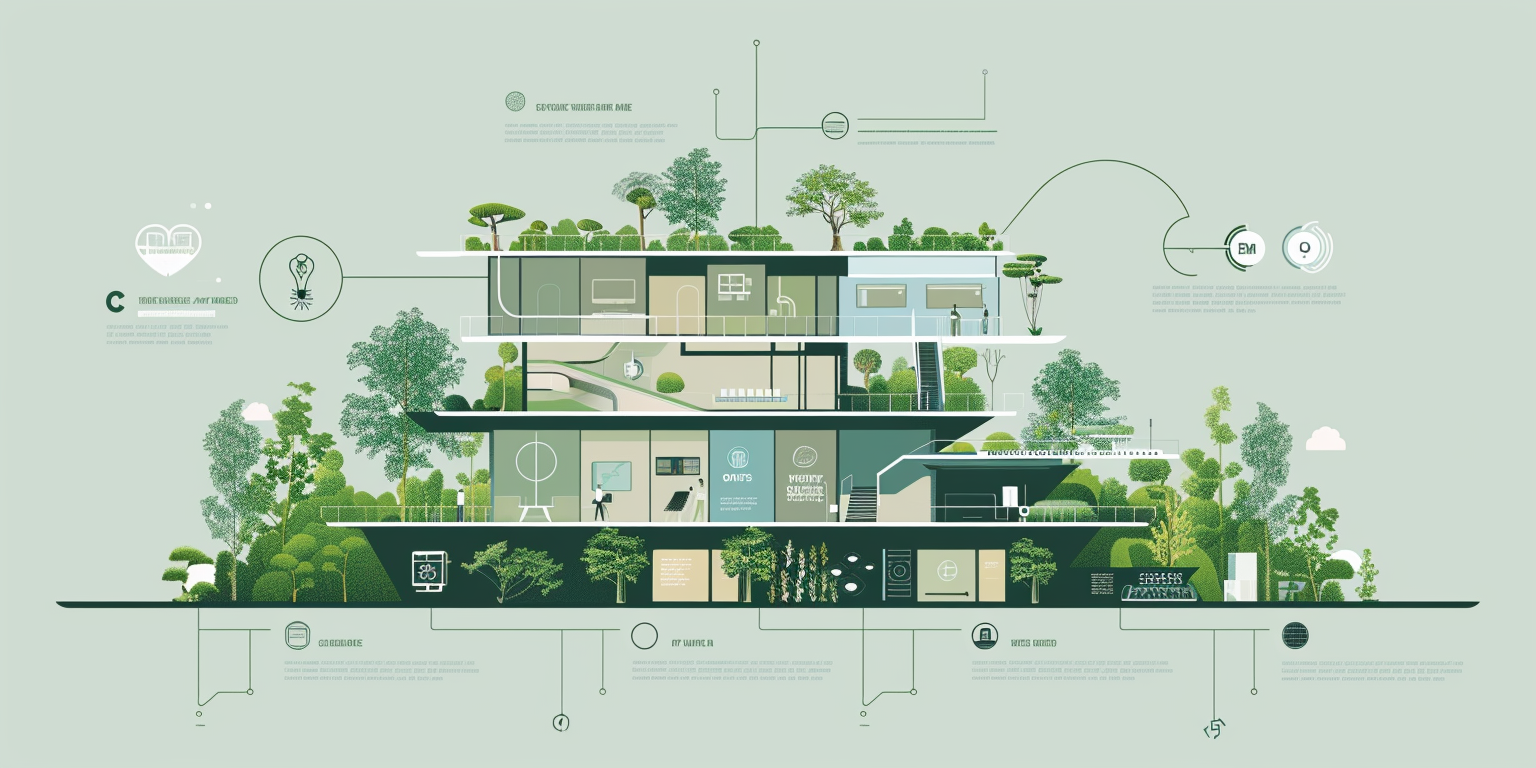
- Circular Economy: Design for disassembly/reuse (e.g., Google’s Bay View Campus uses prefabricated modules).
- Net-Zero Energy: Buildings that produce as much energy as they consume (e.g., Bullitt Center, Seattle).
- Embodied Carbon: The CO₂ emitted during material production/transport (use tools like EC3 Calculator)
Practical Applications: Lessons from Real Projects
Case Study 1: The Edge, Amsterdam (PLP Architecture)
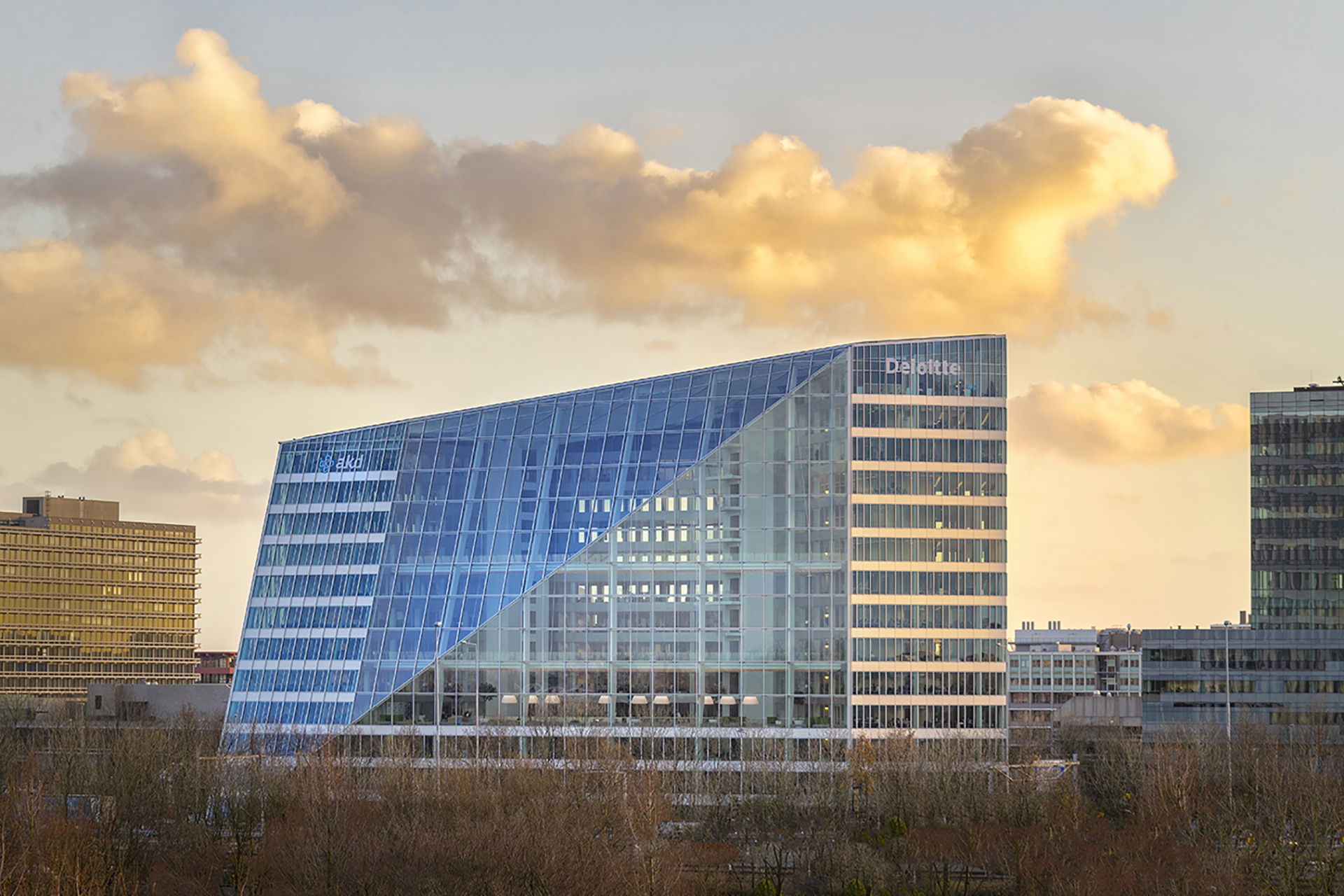
- Strategy: Smart façade with 28,000 sensors adjusts shading in real time.
- Result: 70% less energy use than conventional offices.
Case Study 2: Bosco Verticale, Milan (Stefano Boeri)
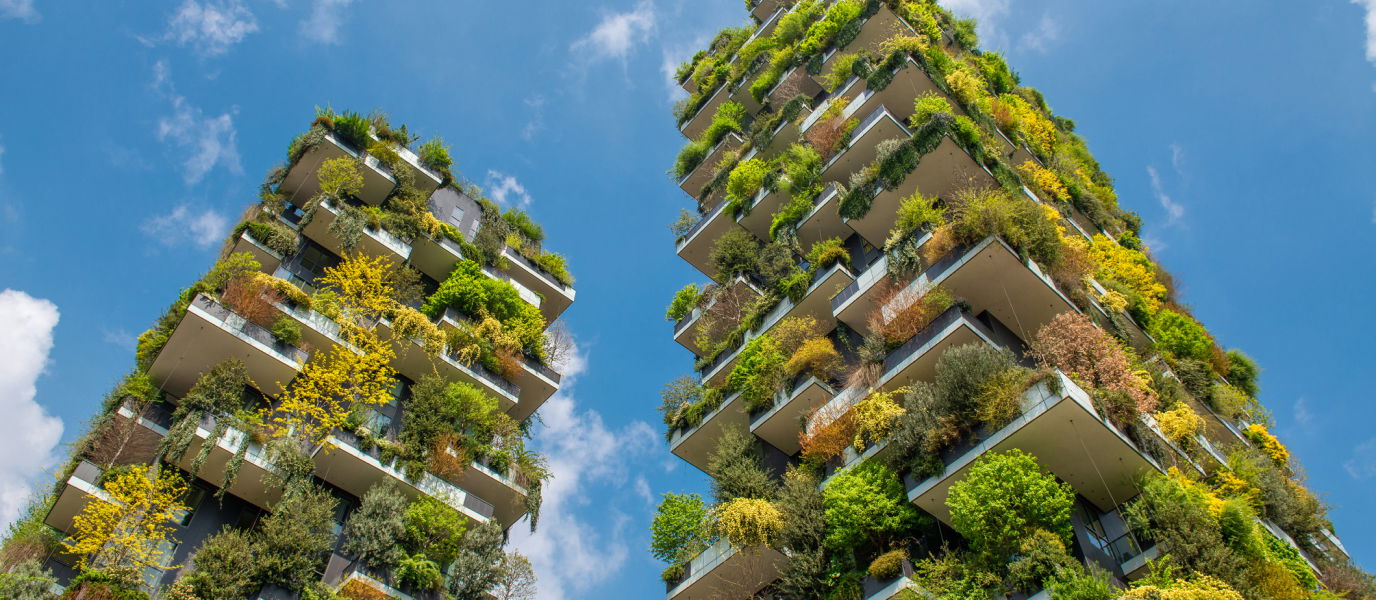
- Strategy: 900 trees absorb CO₂ and reduce urban heat island effect.
- Challenge/Solution: Structural reinforcement for soil weight → used lightweight growing media.
Case Study 3: Nk’Mip Desert Cultural Centre (DGBK Architects)

- Strategy: Rammed earth walls regulate temperature passively in desert climates.
- Tip: Local materials reduce transport emissions.
Technical Considerations: Codes and Systems
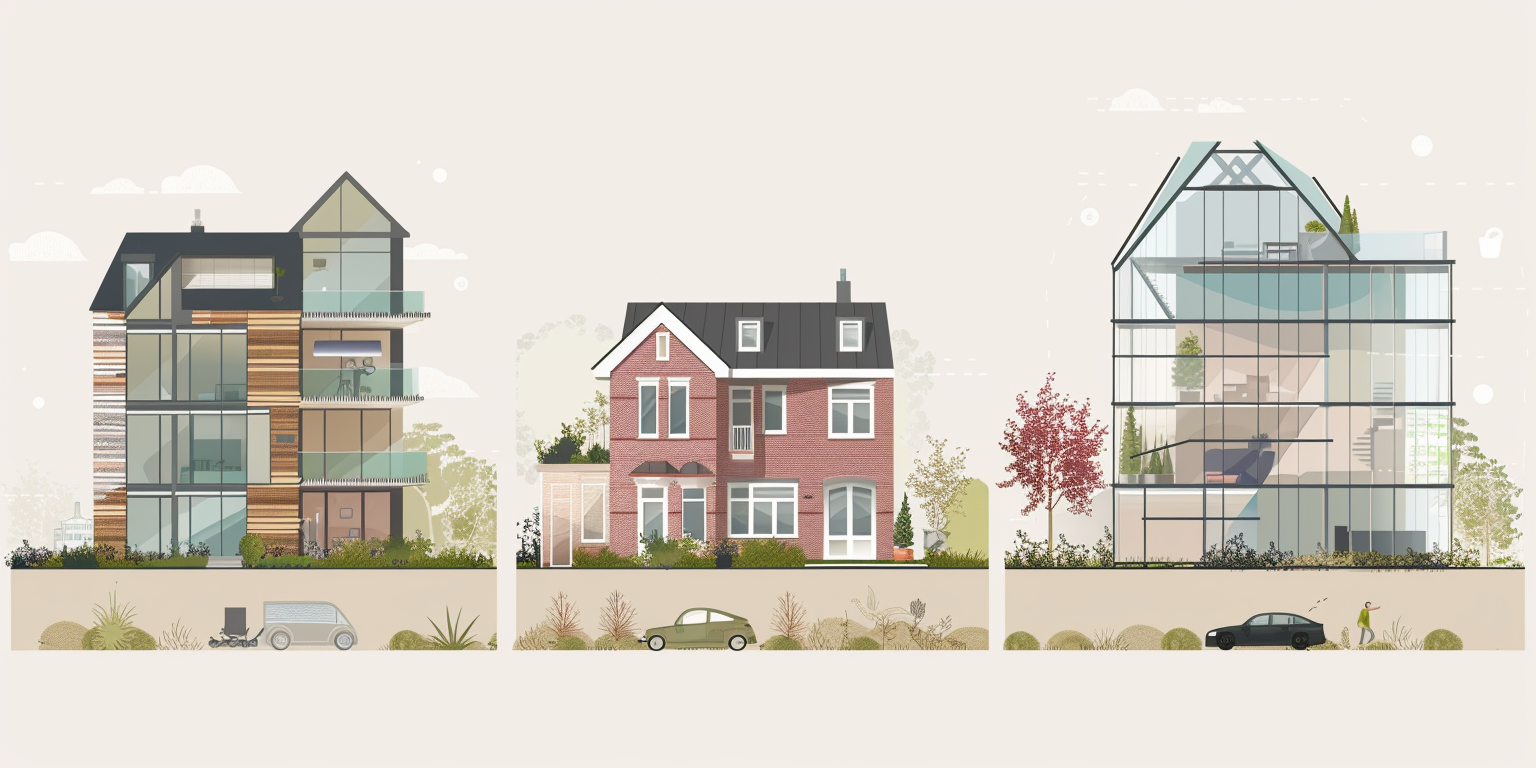
Key Standards
Standard | Focus Area | Relevance |
|---|---|---|
LEED v4.1 | Holistic sustainability | Global recognition |
| Passivhaus | Ultra-low energy use | Growing in cold climates |
| WELL Building | Occupant health | High-end residential/commercial |
Critical Technical Details
- Insulation R-Values: Specify based on climate zones (ASHRAE 90.1 provides guidelines).
- Water Efficiency: Use *EPAct 1992* as a baseline for fixture flow rates.
- Daylighting: Achieve 30-50 foot-candles at workplanes (per IESNA).
Implementation Guide: Step-by-Step for New Graduates
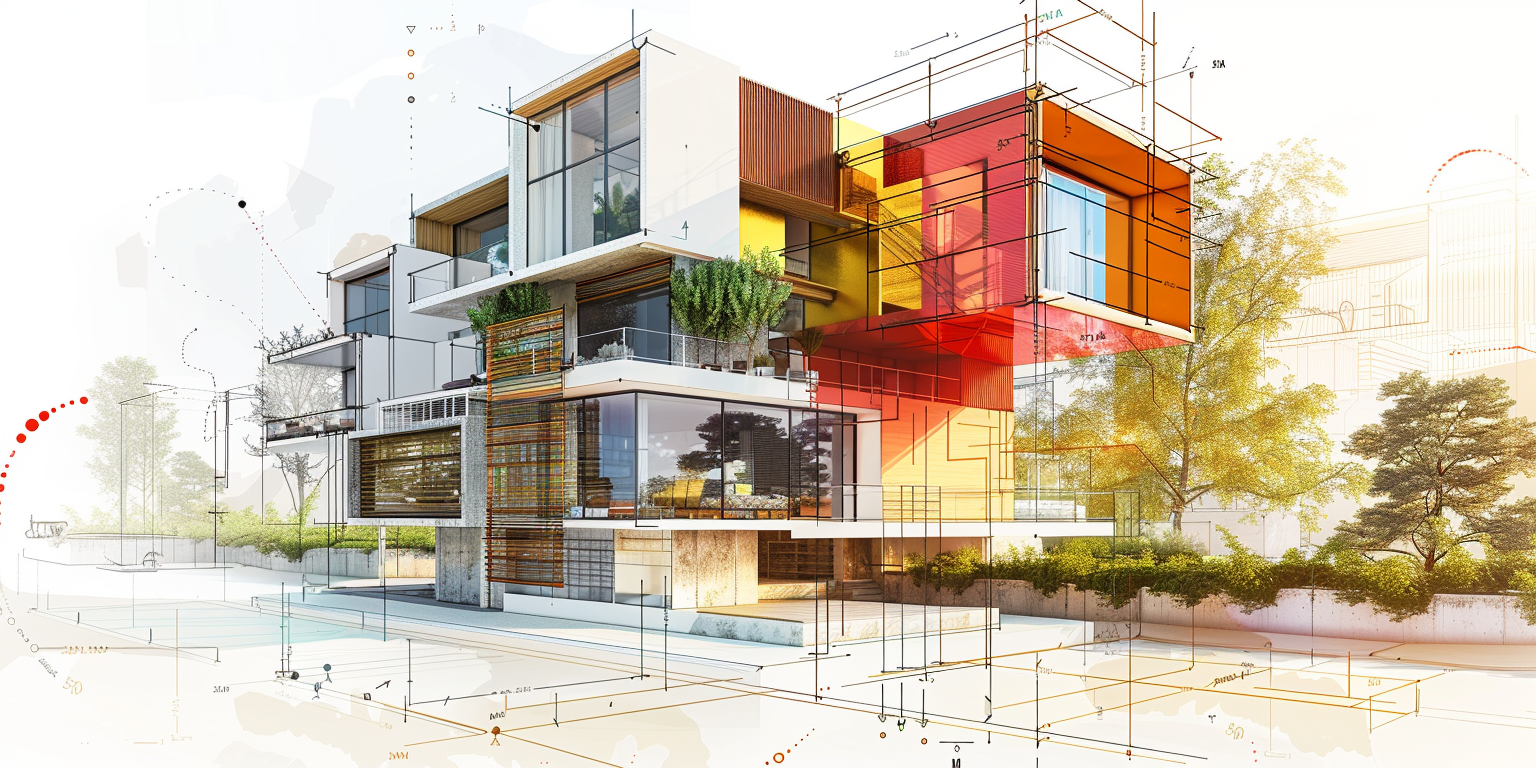
Phase 1: Pre-Design
1. Site Analysis: Study solar paths, wind patterns, and hydrology (use *Ladybug Tools* for Grasshopper).
2. Material Selection: Prioritize low-embodied carbon options (e.g., hempcrete over concrete).
Phase 2: Design Development
3. Energy Modeling: Run simulations with Sefaira or DesignBuilder.
4. Passive Strategies: Orient buildings within 15° of true south (N. Hemisphere) for optimal solar gain.
Phase 3: Construction
5. Waste Management: Require contractors to recycle ≥75% of debris (track via PlanGrid)
Common Mistakes and Solutions
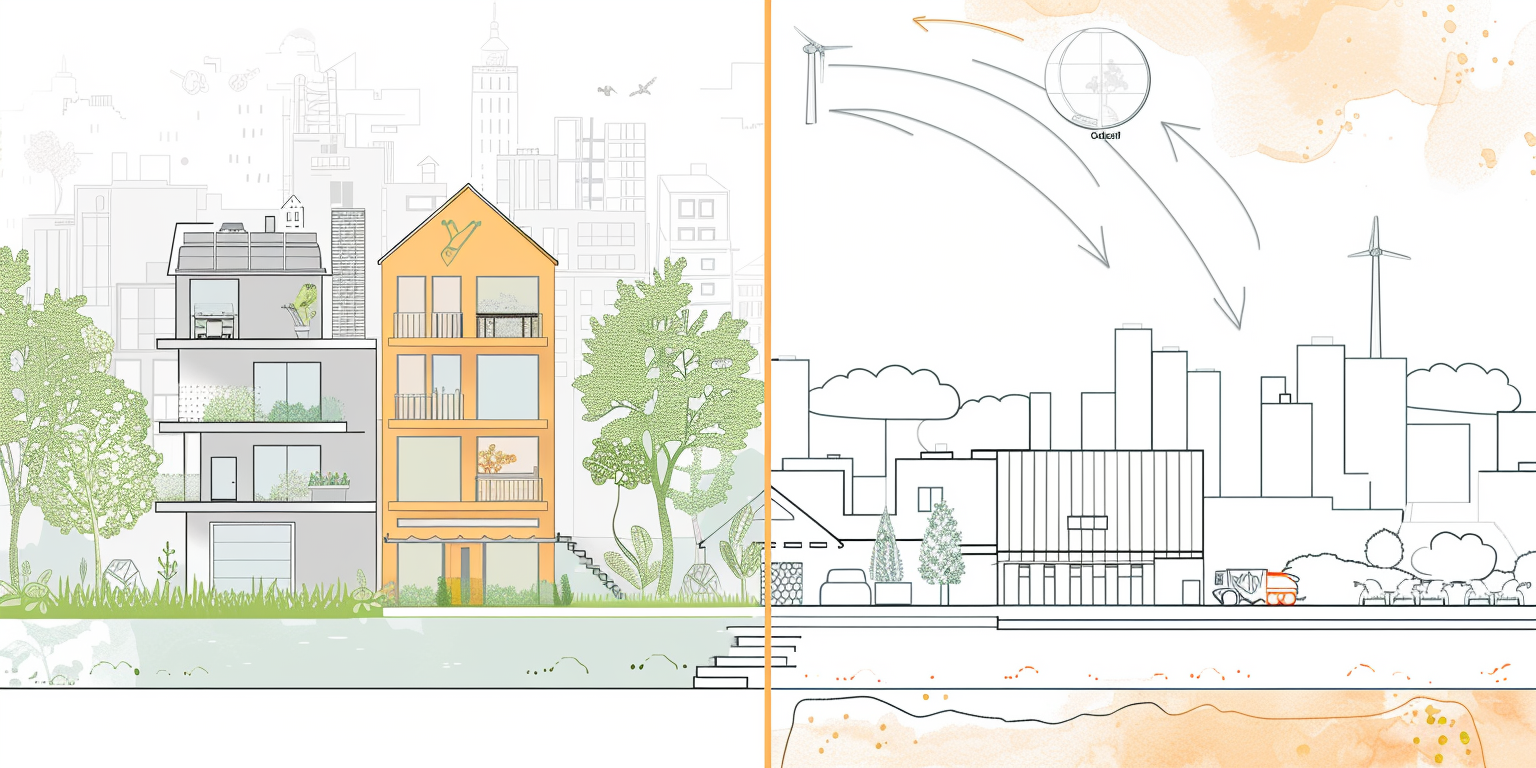
| Mistake | Solution |
|---|---|
| Over-reliance on active systems | First optimize passive design (orientation, thermal mass) |
| Ignoring maintenance costs | Specify materials with low upkeep (e.g., zinc cladding) |
| “Greenwashing” with ineffective features | Focus on verified strategies like high-performance envelopes |
Pro Tip: Use Life Cycle Assessment (LCA) early to avoid costly redesigns.
Resources and Tools

Software
- Energy Modeling: Sefaira, IESVE
- Material Analysis: Tally (Revit plugin), EC3 Calculator
Learning Resources
- The Integrative Design Guide to Green Building* (7 Group)
- Sustainable Construction* (Charles Kibert)
Organizations
- International Living Future Institute (ILFI)
- American Institute of Architects (AIA) COTE
Conclusion: From Theory to Practice

Sustainable design begins with understanding core principles but thrives through iterative application. As you start your career:
Advocate for sustainability even on conventional projects.
Collaborate with engineers early (integrated design saves costs).
Stay Curious: New materials/technologies emerge constantly.
Your Challenge: Conduct an energy audit of your current workspace using free tools like CarbonCure’s Dashboard.